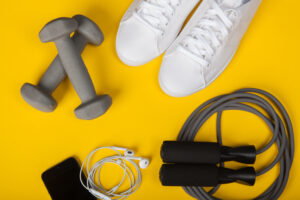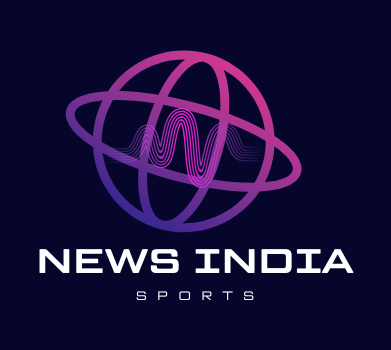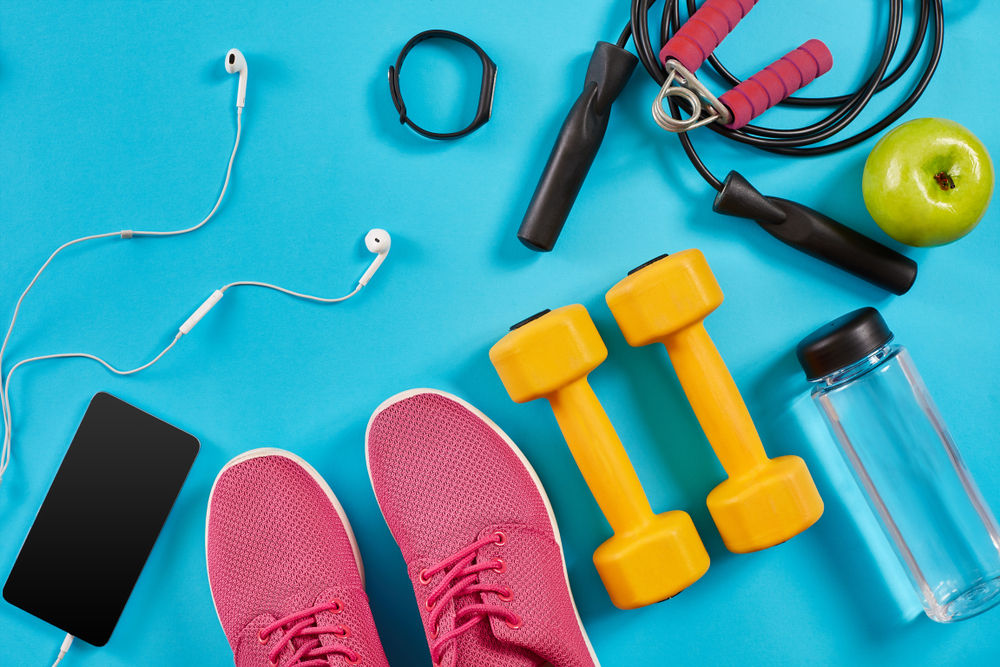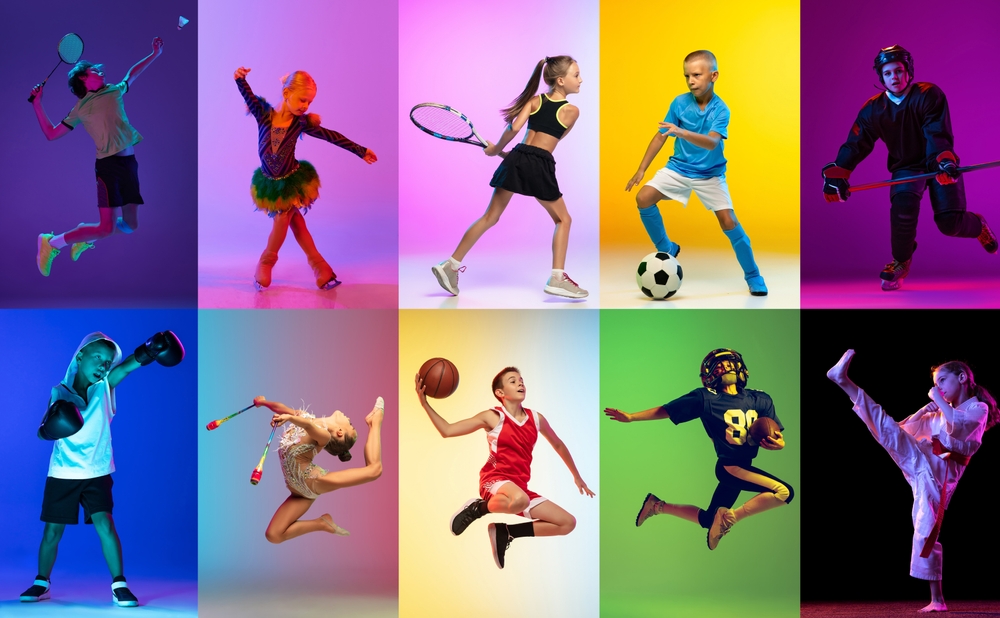Harmonicode Sports: Science, Tech & Training Aligned
1. Introduction
Harmonicode Sports fuses digital sensing, data analytics, and human motion to drive athletic excellence. It maps movement to harmony. That harmony comes from frequency, resonance, and biomechanics. This blog breaks down the science, hardware, software, real-world use, and future of Harmonicode Sports. You’ll learn how athletes leverage it today—and how you can apply it too.

2. What Is Harmonicode Sports?
Harmonicode Sports blends two ideas: “harmonic,” referring to rhythmic movement, and “code,” referring to algorithms that decode these rhythms. The platform measures joint oscillation, stride cadence, stroke timing, and resonance. It turns those metrics into insight. Immediately, athletes receive guidance on movement quality, efficiency, and safety.
3. The Science Behind It
3.1 Harmonic Physics in Motion
All motion has frequency, oscillation, and resonance:
- Frequency follows the number of times a step, swing, or stroke repeats in time.
- Oscillation is a smooth back-and-forth motion, like a swing of the arm.
- Resonance is when your body begins to naturally amplify motion—say, when your stride hits a sweet tempo.
When sensors, software, and AI sync training with your natural rhythm, motion becomes efficient. Movement becomes powerful.
3.2 Biomechanics Meets Rhythm
Biomechanics tells us how muscles, joints, and bones move. When you layer rhythmic data over biomechanics, you get insight. A runner’s data might show hip oscillation slightly off-center. That misalignment shows in harmonic graphs. Fixing that brings efficiency and injury resilience.
4. Core Technologies
4.1 Sensors & Wearables
Sensors—IMUs, accelerometers, gyros, heart rate monitors—record the motion of the body.
They record joint angles, stride length, impact force, and cadence in real time.
4.2 AI & Machine Learning
Algorithms detect “ideal harmonic templates.” They flag deviations in performance and spot injury risk before it escalates. They help you train in rhythm, not just in reps.
4.3 Feedback Systems
Feedback comes through AR overlays, haptic buzzes, voice prompts, or visual dashboards. Instant signals help you correct form. You learn to feel your motion as you’re making it.
5. Real‑World Benefits
5.1 Performance Gains
Athletes improve coordination, timing, and fluidity.
For example: cyclists achieve smoother pedal strokes aligned with muscle firing, boosting power output.
5.2 Injury Prevention
Harmonic data catches imbalances and asymmetries before they become injuries. Coaches report up to a 20% drop in muscle injuries in pilot programs .
5.3 Personalized Training
Not every athlete is the same. Harmonicode Sports creates custom profiles. You get workouts aligned to your body rhythm and mechanics.
5.4 Recovery & Rehabilitation
Recovering from injury? The system tailors rehab protocols to your natural movement rhythm. Data helps speed recovery and avoid re‑injury.
6. Applications
6.1 Individual Sports
Runners refine stride and cadence. Swimmers perfect stroke rhythm. Cyclists tune pedal smoothness.
6.2 Team Sports
Soccer and basketball players align movements across the team. Coaches optimize spacing, pacing, and rotations using collective data streams.
6.3 Combat & Precision Sports
Boxers hone punch rhythm. Golfers fine-tune swing tempo. These sports thrive on micro‑timing and coordination.
6.4 Rehabilitation Settings
Clinics and physio teams also use it to record post-injury motion and allow you to rebuild strength in rhythm with your natural cadence.
7. How to Get Started
- Collect Baseline Data
Attach wearables. Record your natural motion patterns during training drills. - Analyze Your Harmonic Profile
AI software visualizes cadence, oscillation, and resonance data and flags misalignments. - Design Custom Program
Insights generate targeted drills, exercise flows, and movement correction routines. - Train with Feedback
Use real-time alerts—audio, visual, or haptic—to stay in your harmonic zone. - Track Progress
Re‑assess regularly. Update your program based on objective gains and changing data.
8. Challenges & Limitations
- Cost & Accessibility: High‑grade hardware and software still cost thousands.
- Data Complexity: Coaches must interpret harmonic metrics correctly.
- User Comfort: Wearables must stay hidden and comfortable during intense activity.
- Market Education: Athletes and coaches need training to trust and use harmonic methods.
9. Future Directions
- AR/VR Immersion: Train alongside virtual guides in your harmonic rhythm.
- Global Data Libraries: Compare your profile with elite datasets worldwide.
- Mental Integration: Combine cognitive data (focus, stress) with harmonic patterns.
- Real‑time Coaching Assistants: AI voice coaches adapting your session on the fly.
10. FAQs
Is Harmonicode only for pros?
No. Even recreational athletes gain better form and rhythm using basic wearables.
Can it truly prevent injuries?
Yes. It identifies movement inefficiencies, letting you fix them early.
What gear do I need?
Start with IMUs and smartbands. Progress to full-body sensors and smart software tools for lab‑grade insights.
How is it different from traditional sports science?
It adds rhythmic, real-time feedback on top of physical metrics. It makes training feel intuitive and aligned.
Is it useful outside competitive sports?
Definitely. It helps in posture, balance, coordination, and movement efficiency—even for fitness goals.
11. Conclusion
Harmonicode Sports creates a new athletic paradigm. It respects natural rhythm. Its use tech to decode and amplify motion. It keeps athletes in sync—boosting performance, reducing injuries, and tailoring training to the individual. Coaches, trainers, and tech innovators worldwide are already rolling it into routines—from the track to the court and clinic.



